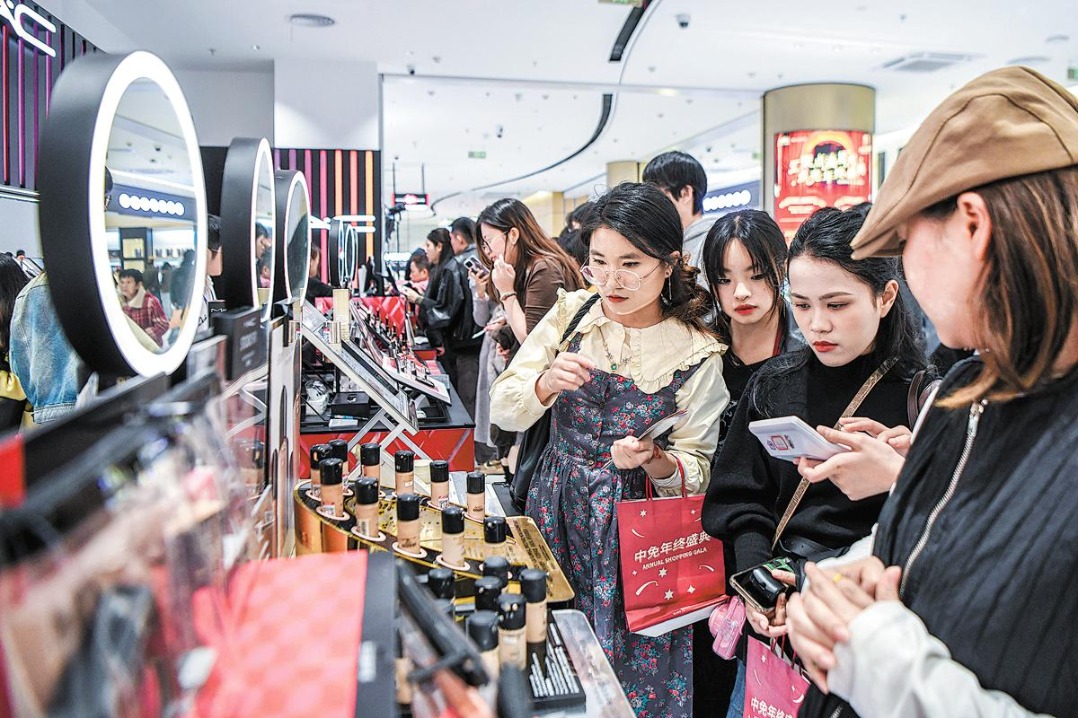Hair, there & everywhere
A Chinese city is selling its wares worldwide, products that solve a problem uppermost for many.
By ZHANG LEI | CHINA DAILY | Updated: 2020-11-28 09:47

In turn, the great influencer behind that life change was the COVID-19 pandemic. Liu, born in Xuchang, who used to sell Chinese wig products to Americans in New York, returned home for the Spring Festival in January, and eventually found herself blocked by the pandemic from returning to the United States.
Staying with her parents in Xuchang, she had to decide on her work options and realized that she could turn the challenge to her advantage, given that she was very familiar with the town's most well-known product, she had overseas work experience and she was highly proficient in English.
"When selling at a physical counter, I may deal with 10 customers a day, but on the webcast, two hours of livestreaming allows me to reach nearly a 1,000 customers all over the world," she says. "They may be in the United States, Brazil, Spain, France or elsewhere."
Since she began working for the AliExpress Xuchang hair products cross-border e-commerce live broadcast center in Xuchang several months ago, she has built up a following of 100,000, she says, and each live broadcast can bring in orders worth a total of between $3,000 and $5,000. She does the broadcasts once or twice a week.
Feeding Liu's ambitions to make a big name for herself in the world of livestreaming sales, her broadcast has been chosen to be part of AliExpress' Global Internet Celebrity Incubation Program.
The countries whose men have the greatest prevalence of baldness are, according to the website Quora, the Czech Republic, 42.8 percent, followed by Spain at 42.6 percent, Germany, 41.2 percent, France, 39.2 percent, the United Kingdom 39.2 percent, and the United States, 39.9 percent, and it is predominantly to China, with its wig-making prowess, that they look to as a savior.
Chinese wig-makers and distributors serving the general public grew into what they are today starting from scratch in the 1990s.
However, according to Xuchang county chronicles, local people got into the hair business during the Jiajing reign of the Ming Dynasty (1368-1644), when human hair was mostly used to make opera props.
At the end of the Qing Dynasty (1644-1911), it was common for both men and women to have long hair, and German merchants sensing business opportunities often went to the hinterland of China to buy discarded hair, shipping it to Germany and having it processed into various hair products, and then selling them in Europe and in the United States.
























